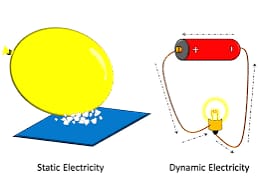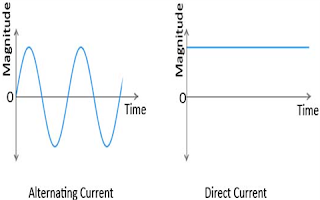ELECTRIC SHOCK and TREATMENT for Class VIII
The person has been injured by an electrical shock.
The 911 emergency personnel may instruct you on the following:
1. Separate the Person From Current's Source
Stand on something dry and non-conductive, such as dry newspapers, telephone book, or wooden board.
If high voltage lines are involved:
The local power company must shut them off.
Finding the Care You Need for MS
How to get the right medical and support team.
Life's Big Events: Helping Older Adults Manage
WebMD shares tips to caregivers about how to help loved ones as they get older.
For a child, start CPR for children
For an adult, start adult CPR.
If the person is bleeding, apply pressure and elevate the wound if it's in an arm or leg.
There may be a fracture if the shock caused the person to fall.
For burns, see Burn Treatment.
A doctor will check the person for burns, fractures, dislocations, and other injuries.
An ECG, blood tests, urine test, CT scan, or MRI may be necessary.
The person may be admitted to the hospital or a burn center.


Comments
Post a Comment